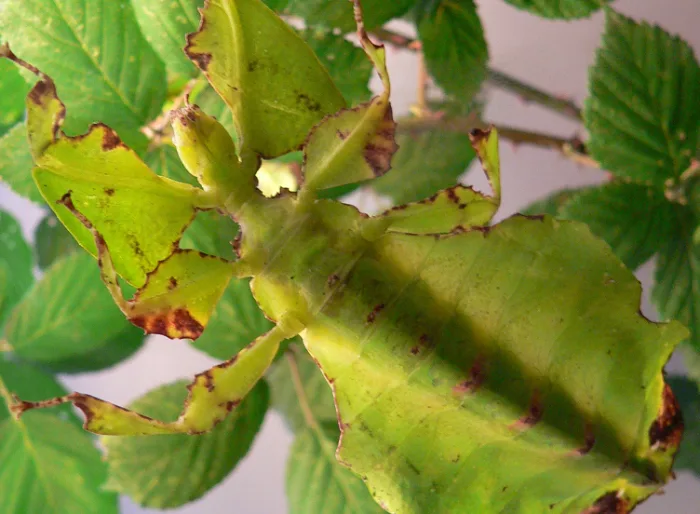
Five insects you might mistake for plants
Nature's best disguise?
Camouflage comes in all shapes and forms.
Some animals -- like the snowshoe hair -- change their coats from white to brown, depending on the season.
Other animals -- like some bird species -- sport plumage that resembles the trees and shrubs in which they reside.
And then there are some species of insects that have taken camouflage to another level. Instead of sporting fur or feather that help them blend in, their bodies have evolved to mimic the look of plants and trees.
Weather Network meteorologist Mark Robinson posted a photo of a 'walking stick' insect that made its way into his home.
The insect -- often referred to as a 'common walkingstick' -- is common in North America. They can grow quite large, with males reaching 75 mm for males and 95 mm for females. In Canada, you can find them in Alberta, Manitoba, Ontario, and Quebec. It is the country's only stick insect.
Here are four other insects that look like plants.
ORCHID MANTIS
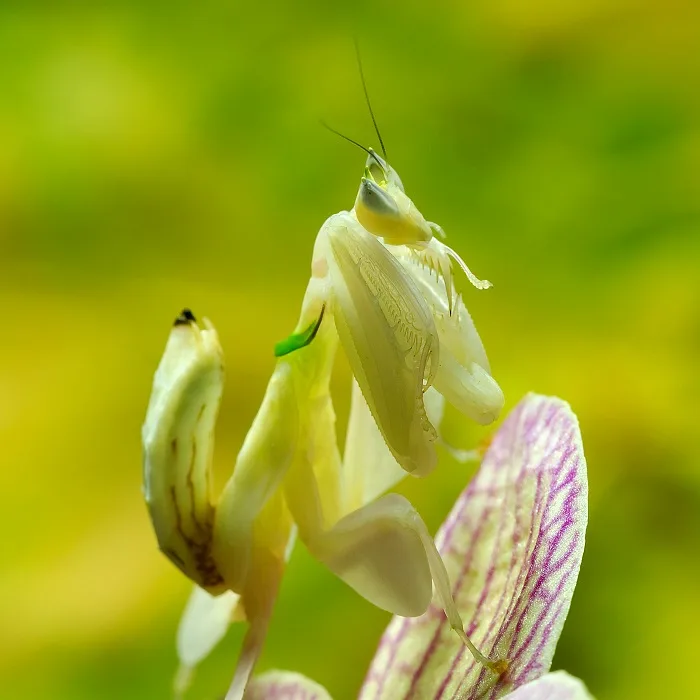
Blink, and you'll miss it: This mantis is impressively disguised, with legs and marking that look like the petals of an orchid. Its camouflage is so effective scientists believe it is used to both hide from other insects and to attract prey.
In some instances, the insects are even better than actual flowers at luring in pollinators. You can find this species hanging out on orchids in tropical forests in Southeast Asia.
LEAF INSECTS
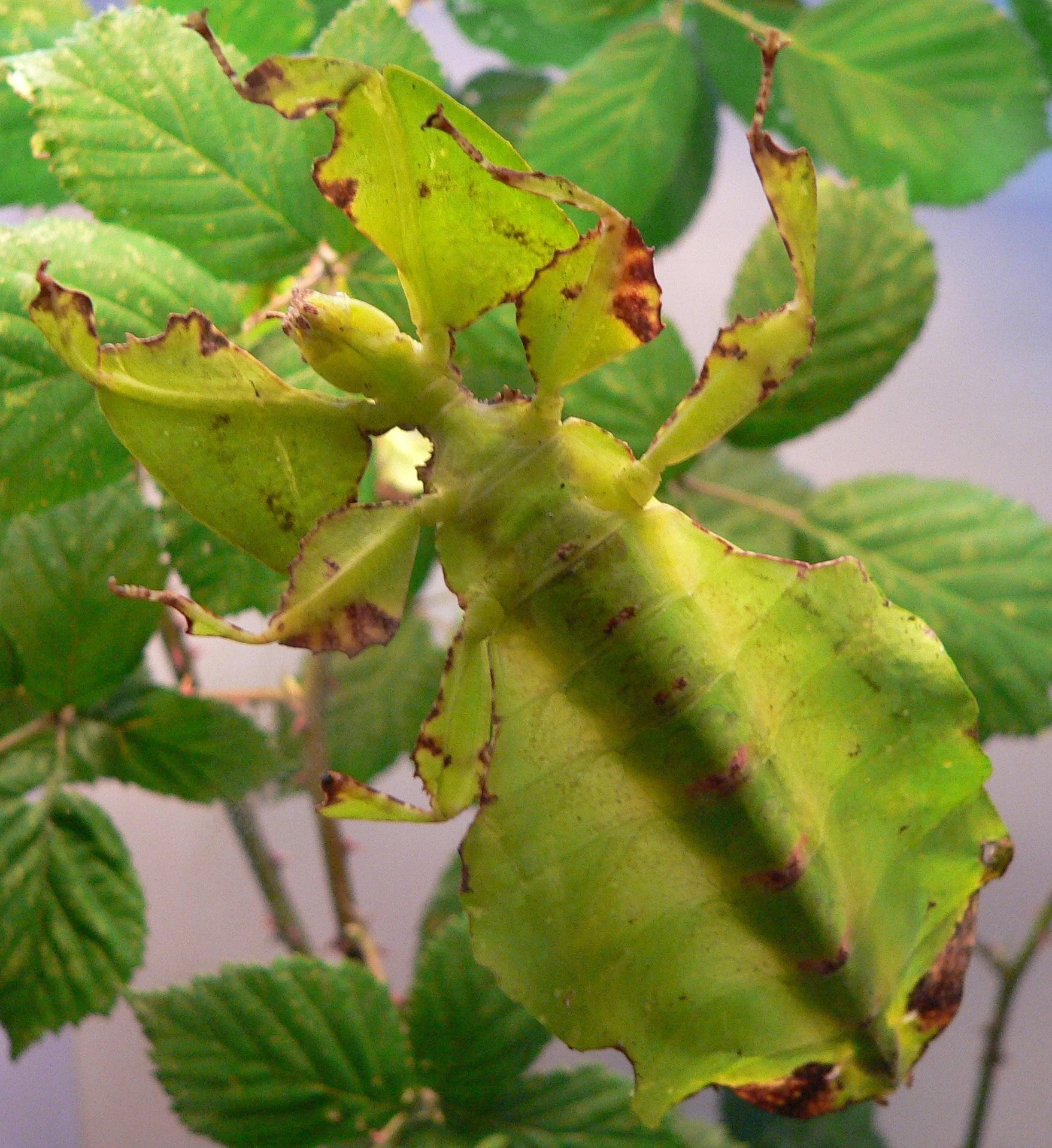
There are more than 70 species of leaf -- or Phylliidae -- insects, and they're typically characterized by their flattened and irregularly shaped bodies, wings, and legs, which bear a striking resemblance to leaves.
The photo above features a Gray's leaf insect, which was discovered by George Robert Gray in 1832.
Leaf insects are typically found in tropical regions of Asia, as well as in parts of Australia and Fiji.
THE BUFF-TIP MOTH
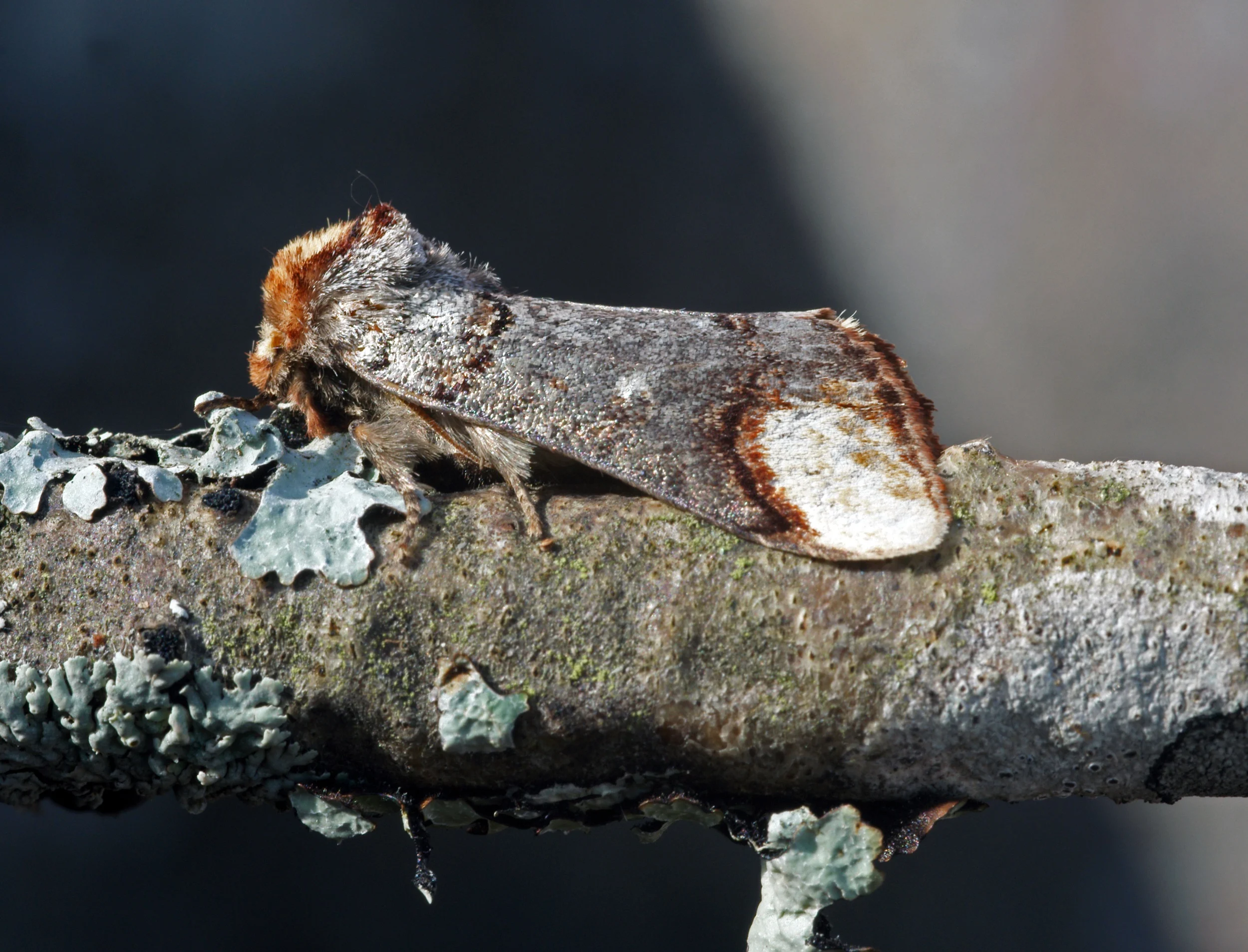
The buff-tip moth can be found across Europe and in Asia.
They have a patch of hair at the top of their head that resembles a broken twig or branch when at rest -- a perfect disguise for an insect that likes to spend its time on trees and shrubs.
THE GRAY COMMA BUTTERFLY
The gray comma butterfly can be found throughout southern Canada, and it has a neat trick.
When its wings are open, it sports beautiful orange spotted patterns that look like this:
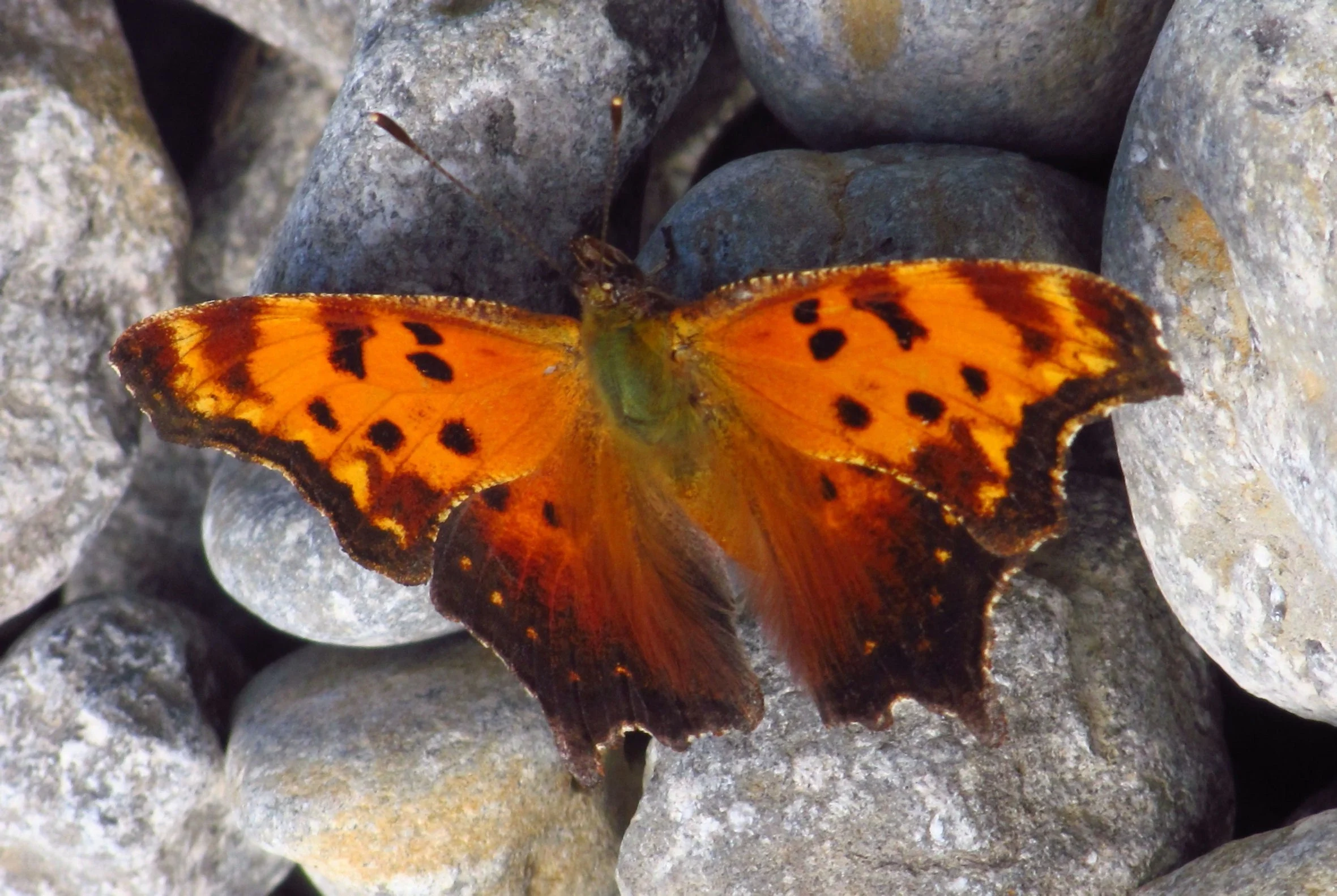
But when it snaps its wings shut, it looks exactly like tree bark:
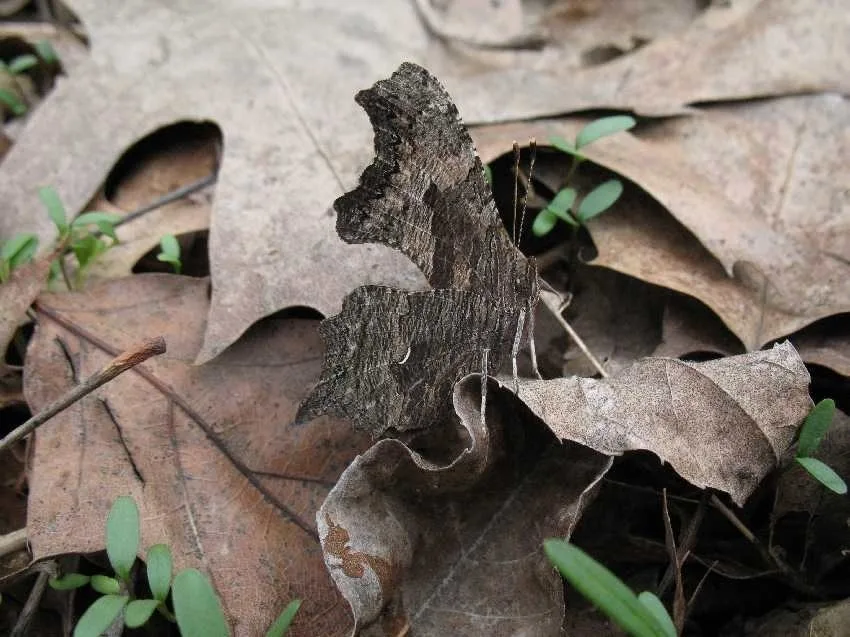
The next time you're out for a walk, keep your eyes peeled, and you may see one or two fluttering around your neighbourhood.






